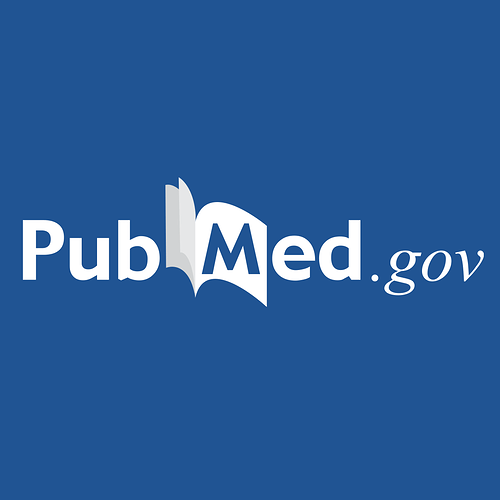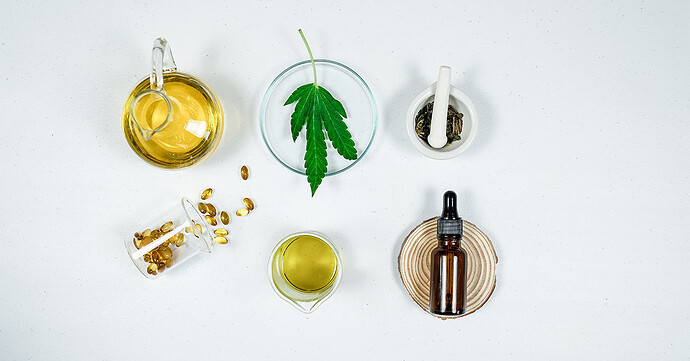Funny, I did the opposite after reading the same article!
“The oral availability of sirolimus was increased to a modest extent (35%) and in a uniform manner when administered with a high-fat meal”
Funny, I did the opposite after reading the same article!
“The oral availability of sirolimus was increased to a modest extent (35%) and in a uniform manner when administered with a high-fat meal”
I have not been able to find the full text: what is the reduction of peak?
I take rapa with morning coffee (which includes some fat in the creamer and some extra MCT oil, but no food) in order to help maximize Cmax, with running assumption that this is more important than overall AUC (I guess time and more studies will show if this is true). The liquid fat helps with rapa absorption while hopefully not slowing down the overall speed of absorption, as would be the case with a meal of solid food, fiber, etc. If taking with GF juice, it might also be helpful to mix in some rapidly-absorbed MCT oil as well (again I’m assuming MCT helps with rapa absorption, no studies showing this).
That sounds like a reasonable approach! Are you avoiding the grapefruit juice protocol for any particular reason?
I’m not sure of this… I think people may talk about “higher levels” of rapamycin as a general term to cover higher levels of exposure to rapamycin, and not necessarily the absolute peak blood levels (cmax)… I’ll bounce this issue off Matt kaeberlein next time I talk to him and if anyone here is talking with Dr. Green or Blagosklonny in the next while, please ask them on their thoughts on this…
for now, a reasonable approach might be to alternate weeks of a high fat breakfast or fasting.
I’m not doing grapefruit for the time being because I have a prescription for sirolimus and currently have the luxury of just taking the full dosage of what I’m prescribed. Also, since they used a special form of high-coumarin GF juice for the published studies w/rapamycin, there’s some question of how much “normal” GF increases absorption and I’d rather take that variability of out the equation.
Please do! I’ve read multiple posts (notably without literature references) claiming that Blago/Green currently believe Cmax needs to be above a certain threshold for rapa to get into the hypothalamus, which may in turn be important for optimal anti-aging benefits of rapa, and that the higher Cmax is the reasoning behind doing a higher dose every 10 or 14 days rather than a lower dose once weekly.
An interesting paper for anyone who is thinking about using Grapefruit Juice or one of the drugs that increases CYP3A4 inhibition - to help you get a better understanding of the timing issues:
 PubMed
PubMed

Time-dependent inhibition of CYP3A4 often results in clinically significant drug-drug interactions. In the current study, 37 in vivo cases of irreversible inhibition were collated, focusing on macrolides (erythromycin, clarithromycin, and...
It seems that the inhibition of CYP3A4 lasts some time. Last cycle I ate a couple of grapefruits for desert on Sat night and then had the rapamycin Sunday morning with coffee + 33% heavy cream, and no other food for 24 hours. I think I’ll follow this approach for at least a few cycles.
Grapefruit juice can block the action of intestinal CYP3A4 , so instead of being metabolized, more of the drug enters the blood and stays in the body longer. The result: too much drug in your body.
https://www.fda.gov/consumers/consumer-updates/grapefruit-juice-and-some-drugs-dont-mix
What about CBD which also block CYP3A4?
CBD inhibits CYP3A4 and CYP2D6 , and can increase levels of drugs metabolized by these isoenzymes.
 Healthline – 15 Nov 19
Healthline – 15 Nov 19

CBD may interact with medications, altering their effects. Learn how and why, and get a list of types of medications that may interact.
The plot thickens! Looks like taking sirolimus with high-fat food has opposite effects on the Cmax, depending on whether you’re taking the Oral Solution or Tablets.
"Food effects: In 22 healthy volunteers receiving Rapamune Oral Solution, a high-fat meal (861.8 kcal,
54.9% kcal from fat) altered the bioavailability characteristics of sirolimus. Compared with fasting, a
34% decrease in the peak blood sirolimus concentration (Cmax), a 3.5-fold increase in the time-to-peak concentration (tmax), and a 35% increase in total exposure (AUC) was observed.
After administration of Rapamune Tablets and a high-fat meal in 24 healthy volunteers, Cmax, tmax, and AUC showed increases of 65%, 32%, and 23%, respectively."
373.35 KB
Wow, thanks for posting that Brandy. I never even realized that the first study you posted in the thread (the one I’ve been basing my regimen on, which showed food lowered CMax) also used a rapamycin solution, which clearly has opposing CMax parameters with/without food compared to the tablets. Since I take tablets, it sounds like taking them with fatty meal is the way to go in order to increase CMax (perhaps my high fat coffee is doing the same thing, but it hasn’t been tested).
It seems that the inhibition of CYP3A4 lasts some time
Have you found any studies on the half life of grapefruit’s CYP3A4 inhibition? I’m looking for the curve to figure out more specifically what the impact is for use with rapamycin and best timing for the grapefruit prior to the rapamycin.
I did find this resource - still looking for something better though:
The half life of the effect of grapefruit juice appears to be around 12 hours and therefore, it is advisable to discontinue grapefruit juice 72 hours prior to starting any drug with potential interactions. 8,9
Due to the prolonged effect of CYP3A4 inhibition which may last up to 24 hours, it is not possible to avoid these interactions by separating the times of drug and grapefruit juice consumption.8,9
Here are the two sources cited in the above paper on the timing / half-life of grapefruit juice on medications:
Full Paper from Sci-Hub.se: Relationship between time of intake of grapefruit juice and its effect on pharmacokinetics and pharmacodynamics of felodipine in healthy subjects
Full Paper from Sci-Hub.se: Relationship between time after intake of grapefruit juice and the effect on pharmacokinetics and pharmacodynamics of nisoldipine in healthy subjects
It seems like the Felodipine study (mentioned above) is designed closest to what we are trying to do. In this study they tested taking grapefruit juice a specific number of hours prior (for example 1, 4, 10 or 24 hours before) the dosing of the medication, and then tracked AUC and Cmax.
It seems that the highest (from our perspective with rapamycin - the “best” response) was taking the medication 1 hour after the grapefruit juice (1 hour is identified as “G1” in the table, but 4 hours, “G4” is pretty close too - so you have a wide “window” - as can be seen in this table below:
Note - I have seen people who are trying to design dosing protocols around using rapamycin / grapefruit juice, while still using a statin medication. You definitely don’t want to take them on the same day due to the potential to “overdose” on the statin.
It seems like a reasonable strategy (and obviously, discuss this with your doctor as we are not medical professionals here) in this situation may be to skip taking the statin on the day you take the rapamycin, and instead take the statin a day or two after the day you take the grapefruit juice / rapamycin. This rationale is based on what this study showed:
Conclusions: When simvastatin is taken 24 hours after ingestion of “high-dose” grapefruit juice, the effect of grapefruit juice on the AUC of simvastatin is only about 10% of the effect observed during concomitant intake of grapefruit juice and simvastatin. The interaction potential of even high amounts of grapefruit juice with CYP3A4 substrates dissipates within 3 to 7 days after ingestion of the last dose of grapefruit juice.
Source:
 PubMed
PubMed

When simvastatin is taken 24 hours after ingestion of "high-dose" grapefruit juice, the effect of grapefruit juice on the AUC of simvastatin is only about 10% of the effect observed during concomitant intake of grapefruit juice and simvastatin. The...